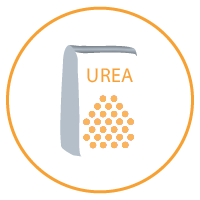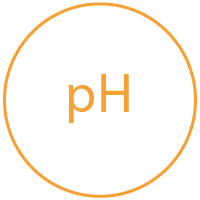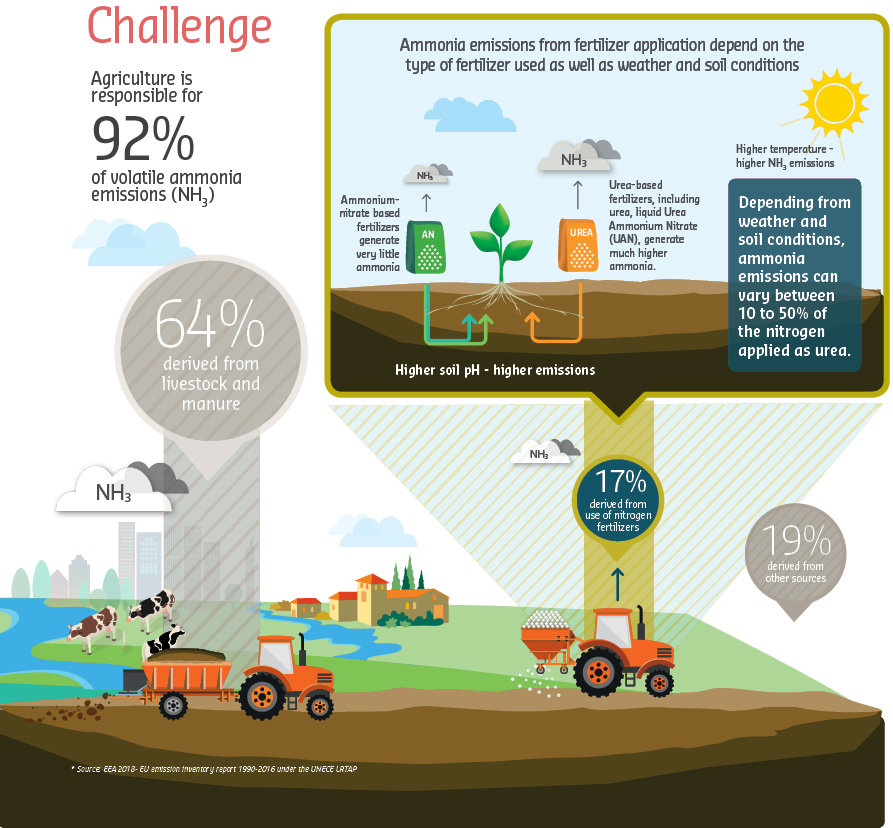Farming & Air Quality
European farms are essential in providing quality food that
can sustain life on this planet today and in the future.
However, agricultural activities also impact environment.
Agriculture is responsible for 92% of volatile ammonia emissions (NH3). The major contributor is livestock and manures both management and application (64%) followed by the use of nitrogen fertilizers (17%). The remaining 19% of ammonia emissions are caused by other sources.
1. Choice of fertilizer type
Calcium ammonium nitrate and ammonium ensure the lowest emissions.
2. In case of Urea use it is important to follow a series of good practices.

A
Immediate incorporation.

B
Consider weather conditions

C
Consider soil conditions

D
Split application

E
Inhibitors
3. Precision fertilization for cleaner air
Precision farming contributes to enhanced uptake of nitrogen by the plants and thus reduced losses of ammonia to the air. The European fertilizer industry has been working actively in the development of new tools to facilitate the fertilization decision of farmers.
The current revision of the Common Agriculture Policy (CAP) is a unique opportunity to raise awareness about products and practices to reduce ammonia emissions. As part of the new CAP, a new tool has been proposed that will support farmers in the use nutrients, helping them to reach better yields.
Towards synergies for a better environment
Applying the beforementioned good agricultural practices not only can help curb ammonia emissions, but can also deliver additional environmental benefits including protecting the natural ecosystems, enhancing nitrogen use efficiency and mitigating climate change
